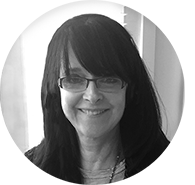Board: Pinellas County Construction Licensing Board (PCCLB)
Credit Hours: 2.00
Rating: 322 ratings
Approval Number: CILB-0614197
Add to Basket
Course Description
Course Objectives
- Describe what heat islands are, what causes them and how mitigation efforts can work.
- Identify strategies to counter the negative impacts of heat islands.
- Explain how our built environment has created hot spots across our geographic landscape.
- Discuss how heat islands contribute to a range of environmental, energy, economic, and human health impacts.
- Express how a range of development and conservation strategies can help protect the natural environment and at the same time make our communities more attractive, economically stronger, and more livable.
- Restate ways to improve resilience to future extreme heat events and how cities can incorporate heat island reduction strategies.
Instructor Bio
 Bonnie Prinse
Bonnie Prinse
Ms. Prinse holds a BS Degree in Environmental Studies from Eckerd College and has pursued master degree studies in Aquatic Zoology at the University of South Florida. She has written scientific portions of impact statements for wetland/upland land delineation, endangered species studies, and water quality testing while employed with a civil engineering and architectural firm in Tampa, FL. Her experience in environmental studies and new construction lend itself to documentary film making, particularly environmental stories that have taken her to the Amazon in Peru and to Costa Rica. Most recently her involvement with earthen construction projects led to a video production showcasing the benefits of building “green.”


